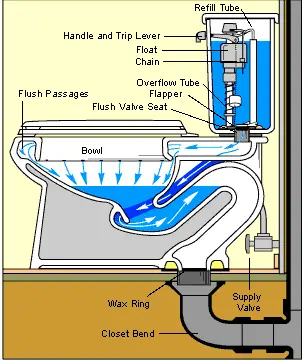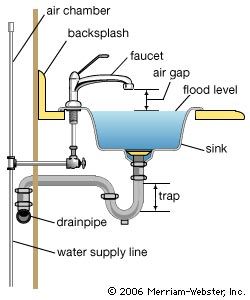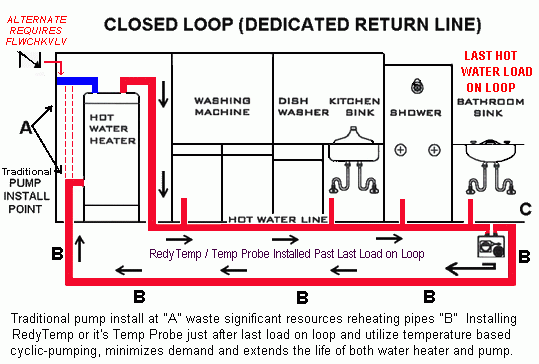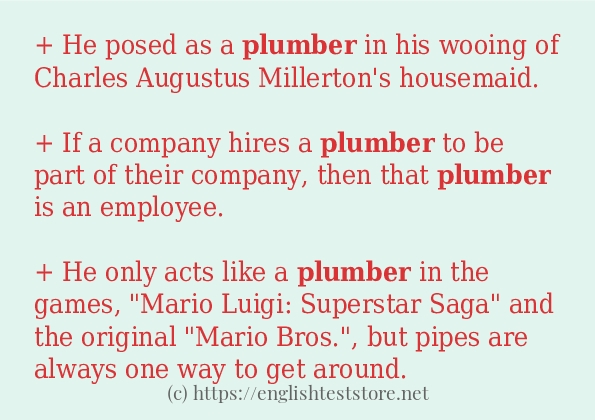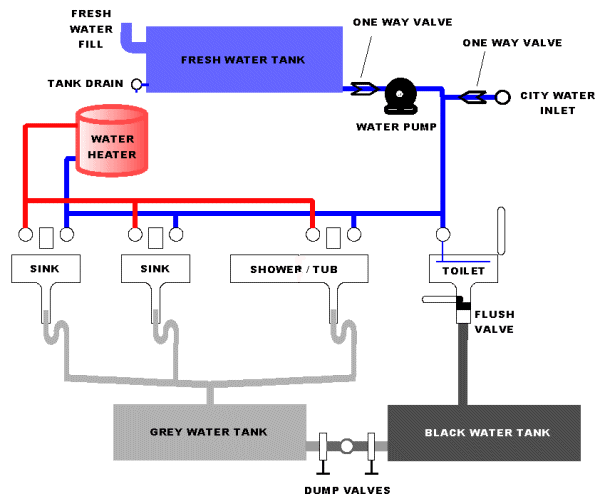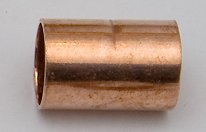What Is A Toilet In Plumbing?
A toilet is a plumbing fixture used primarily for the disposal of human waste. It is typically a bowl-shaped vessel, usually made of porcelain or stainless steel, that is connected to a plumbing system for the discharge of wastewater and solid waste. Toilets come in many shapes, sizes, and styles, but the most common type is the flush toilet, which requires a water connection and a sewage system for disposal.

Definition of a Toilet
A toilet is a plumbing fixture used for the disposal of human waste. It is typically a bowl-shaped porcelain fixture that is connected to a waste pipe, usually located in the corner of a bathroom. The toilet is used to flush away waste into a septic tank or sewage system. Toilets come in a variety of sizes and shapes, and may include features such as a flushing handle, a flushometer, a dual-flush system, or an automatic flush system. Toilets are essential to the health and safety of our homes, workplaces, and public spaces. Properly maintained toilets ensure that our waste is disposed of in a sanitary manner, helping to protect our environment and keep us healthy.
Components of a Toilet
A toilet is one of the most important components of a bathroom. It is a plumbing fixture used for the disposal and sanitary collection of human waste. Toilets consist of several parts that all work together to create a fully functioning system. These components include the bowl, tank, seat, flapper, flush valve, overflow tube, wax ring, and supply line. The bowl collects waste and is connected to the tank which stores and releases water for flushing. The seat provides a comfortable spot to sit, while the flapper controls the amount of water that is released during a flush. The flush valve and overflow tube regulate the amount of water that is released from the tank. The wax ring seals the drain between the bowl and the drain pipe, and the supply line connects the toilet to the water supply. With all these components working together, a toilet is able to provide an efficient and sanitary disposal system.
Types of Toilets
Toilets come in a variety of shapes, sizes, and styles. From traditional close-coupled toilets to wall-hung models, toilets are essential fixtures in any home. But what is the difference between all the types of toilets? This blog outlines the different types of toilets, their benefits and drawbacks, and how to choose the best one for your home. From one piece toilets to two piece toilets, different flushing systems, and even composting toilets, this blog covers all the different types and helps you make the right choice for your home. Don’t just settle for any old toilet – find the one that fits your needs and budget and get the perfect toilet for your home.
Installation of a Toilet
Installing a toilet can be an intimidating task, but with the right knowledge and tools, it can be a do-it-yourself project. Toilet installation involves mounting the toilet to the floor, connecting the water supply and waste lines, and ensuring a proper seal between the toilet and the floor. Toilet installation can be tricky, so it is important to make sure all fittings are tight and secure. With patience and a little bit of elbow grease, installing a toilet can be a straightforward project.
Maintenance of a Toilet
Maintaining a toilet is not a glamorous job, but it is an important one. To keep your toilet functioning properly, it is essential to follow a few simple steps: regularly remove built-up sediment and debris, check for any cracked or loose parts, and keep the tank clean. It is also important to ensure that the trap is not blocked by foreign objects, such as toys, that can cause clogs. Additionally, ensure that the water level in the tank is correct, as too much or too little can lead to poor performance. Finally, replace the flush valve or other parts as needed. With some simple steps, you can keep your toilet functioning smoothly and efficiently.
Troubleshooting Common Toilet Problems
Toilets are one of the most important fixtures in any home. But when they are not functioning properly, it can be a major annoyance. This blog is dedicated to helping you troubleshoot common toilet problems. From clogs and leaks to odd noises and running water, we’ll provide easy-to-follow steps to help you diagnose and fix the problem. We also provide tips on how to maintain your toilet and keep it in top condition. With our help, you’ll be able to quickly identify and resolve any toilet issues you may be having, and get back to enjoying a functioning bathroom.
FAQs About the What Is A Toilet In Plumbing?
1. What is the difference between a toilet and a urinal?
Answer: A toilet is a plumbing fixture that is used for flushing waste from a residential or commercial bathroom. A urinal is a plumbing fixture that is used to allow a person to urinate without having to sit down on a toilet.
2. How often should I check the toilet for plumbing problems?
Answer: It is recommended to check your toilet for plumbing problems at least once a year. This includes checking for leaks, inspecting the seals, and testing for proper drainage. Additionally, it’s important to ensure that the toilet is properly vented.
3. What type of plumbing supplies are needed to install a toilet?
Answer: To install a toilet, you will need a wax ring, closet bolts, a closet flange, a supply line, a shutoff valve, a toilet mounting bolt set, and a toilet seat. Additionally, you may need plumber’s putty, a hacksaw, a wrench, and a screwdriver.
Conclusion
A toilet is a vital part of a plumbing system and plays an important role in the daily lives of many people. It is responsible for the disposal of waste and is connected to a drainage and sewer system. Toilets come in various styles and sizes and can be made from different materials, such as ceramic, plastic, and even metal. Toilets also require regular maintenance and cleaning to ensure they remain in good working order and that the home is safe and hygienic.

